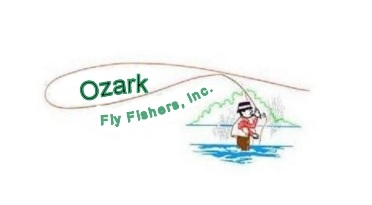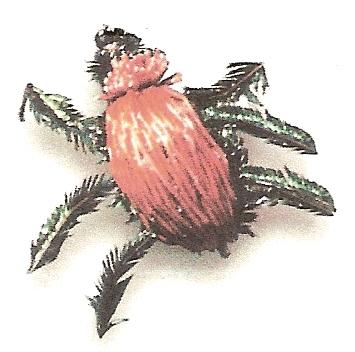
|
Crowe Beetle
OriginThe pattern was developed by Peter Maier for use on Pennsylvania's limestone creeks. In developing the pattern, Paul wanted something iridescent like a beetle; something the color of a beetle; something that gave the beetle buoyancy; something that gave it a beetle shape; and, had the pronounced legs of a beetle. The pattern he developed is known as the Oriental Crowe Beetle. An article on the Crowe Beetle can be found in the 1994 issue of American Angler. Jerry Jarosik, a member of Ozark Fly Fishers and Master Fly Tier popularized the pattern and is often busy tying the pattern for friends. The pattern is used across the country with great success when terrestrials are on the water. This is not an easy tie and will take some time to master.  Materials
Tying Instructions
VariationsThe beetle also can be tied using brown deer hair and can be tied in various sizes. Because the beetle can be hard to see in the water, a bright colored spot can be placed on the beetle's back or yarn can be used to help site the beetle. Fishing TechniquesThe pattern is best fished when terrestrials are on the water - July, August and September. Cast the fly to sighted fish or to a likely lie. Plop the beetle on the water seems to attract fish for some distances. Strikes can be vicious. Click on the picture for a video of fishing the beetle. | ||||||||||||||||||